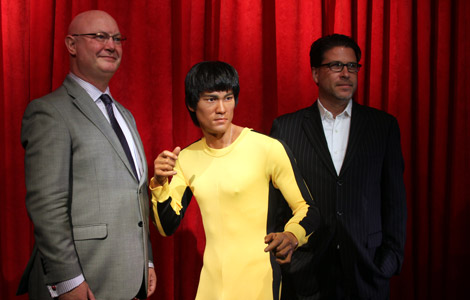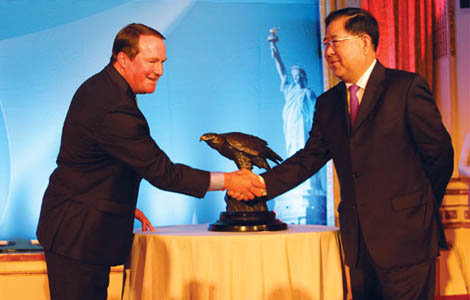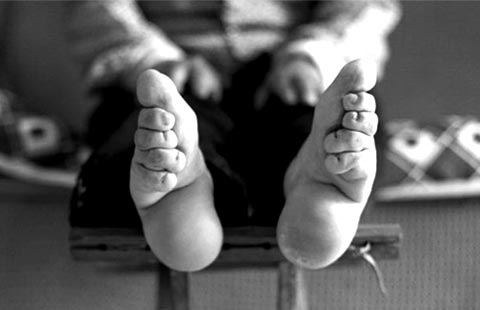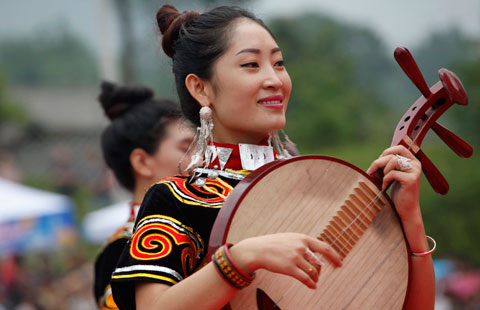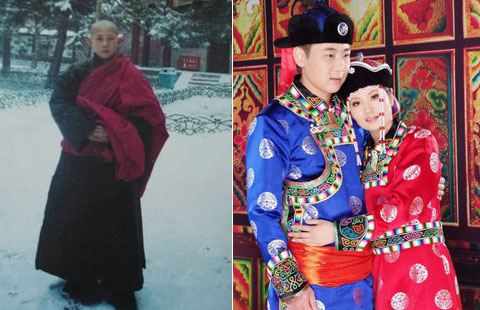Immigrants get help with hurdles
Updated: 2014-08-18 09:10
By ELIZABETH WU in New York(For China Daily USA)
|
||||||||
Most immigrants to the US begin their Americanization by learning English. Though some are faster learners than others, it is wrong to assume that Chinese or Asian learners are more advanced than others.
The "model minority" myth about how Asians are academically high achieving with great careers is not true for all. In fact, new low-income immigrant children to the states have difficulty learning English, according to Teach for America.
Chinese children are more passive and less likely to ask for help, according to Amy Lin, director of alumni in schools at Teach for America. Lin taught English to fifth-grade, second-language learners at PS 94 in Brooklyn, New York from 2005 to 2007.
According to the US Census Bureau, the largest population of Chinese living in the US is in the Greater New York tri-state area with 735,019, and 522,619 of those are in New York City.
Most schools with English learning programs cater to blacks and Hispanics, so Amy was surprised when Teach for America was able to place her at a school with a majority of Chinese and Hispanic students.
"When the Hispanic kids in my class didn't understand something they would act out. The Chinese students having a hard time weren't as expressive," said Lin.
Lin said because of this only during grade assessment time, teachers would realize some of the Chinese kids didn't understand what they were being taught in class.
"It was easy for teachers to have students fall through the cracks," said Lin. The Chinese students were more passive, so it was hard to realize they were having problems at first, she said.
Lin's students not only had to deal with culture shock, but also with the struggles of living in a low-income family, which all of Lin's students did. They qualified for free and reduced lunch, she said. Their unstable home lives hindered their ability to focus on learning.
Lin noticed her Chinese student speakers caught on with reading and writing faster, but their speaking was slower. Her Hispanic students had more advanced speaking skills and caught on quicker to the language, but academically they were not as strong.
Amy Lin was born in Taiwan and came to the US with her parents at the age of one and grew up speaking English with her parents.
Lin graduated from the University of Wisconsin, Madison, where she studied Chinese and International Relations. She also earned a master's degree from Harvard in managing nonprofits.
Many of her students had recently moved to the states, and were living with family members they had ever met before, while their parents were struggling to make ends meet in another state or country. Lin said that they faced isolation not being able to speak English.
At school the interactive curriculum was different from what they had experienced in China. "They also had to adapt to a different form of education too, it was hard for them." said Lin. "These kids had to straddle two worlds."
"Asians being academically advanced and financially well off is a myth in America that many people believe in," said Lin.
"Asian communities, students and teachers have been historically overlooked, they are not all wealthy or high achieving," said Sarah Ha, managing director of the Asian American Pacific Islander (AAPI) Initiative at Teach for America.
Teach for America's AAPI Initiative is trying to lend a voice to the AAPI community, to make sure AAPI students are included in the conversation about education equity.
The initiative also strives to recruit more AAPI leaders to act as role models for kids in the AAPI community and beyond.
Six percent of all core members at Teach for America identify as AAPI. The percentage for the nation's teachers is at two percent.
"Although we are at an advantaged position compared to everyone else in the nation, we are still looking to make an impact through our initiative for the AAPI community, students, and teachers," said Vanessa Descalzi, director of national communications at Teach for America.
"At Teach for America we have 400 minorities with a spectrum of economic backgrounds," said Ha. She said often times Asian American history is left out and that Asian Americans as a sub-group is often omitted from government bills on education.
"AAPI needs to engage in critical conversations about access to education equity. AAPI leaders have the potential to become a relatable voice, enter different spheres of influence and the potential to become role models for all students," said Ha.

 California Chinese open pockets for quake relief
California Chinese open pockets for quake relief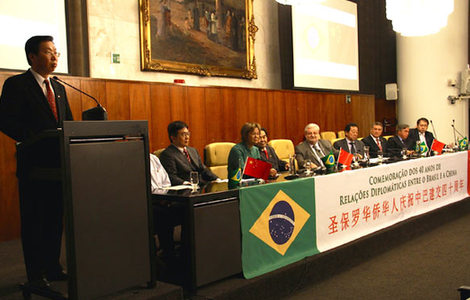
 Brazil-China a 'model' to copy
Brazil-China a 'model' to copy
 Unique relation needs further tightening
Unique relation needs further tightening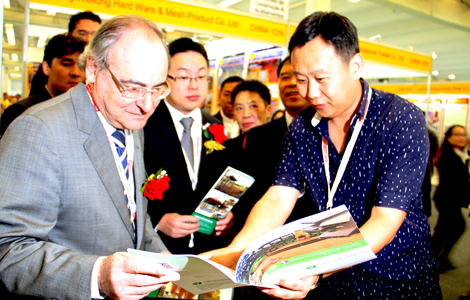
 Trade shows help firms to gain a foothold in Brazil
Trade shows help firms to gain a foothold in Brazil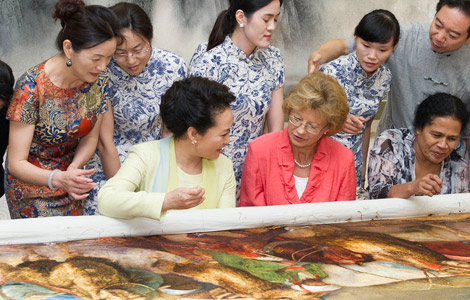
 First lady tours museum with wives of foreign leaders
First lady tours museum with wives of foreign leaders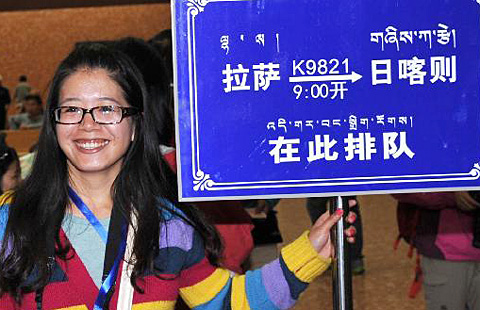
 Passenger transport starts on Tibet's new railway
Passenger transport starts on Tibet's new railway
 China to help upgrade US transport network
China to help upgrade US transport network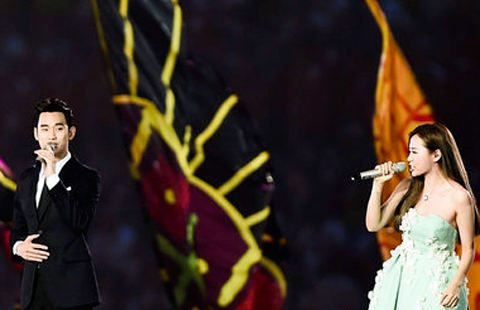
 Youth Olympic Games kick off in Nanjing
Youth Olympic Games kick off in Nanjing
Most Viewed
Editor's Picks

|

|

|

|

|

|
Today's Top News
190,000 people in HK turn up for anti-Occupy march
Ebola outbreak interrupts Chinese companies in Liberia
Macao's Chui unveils political platform for chief executive election
Gov declares emergency, imposes curfew in Ferguson
APEC sets ball rolling for free trade
China's holdings of US securities take a slight dip
China seeks to conduct dialogue with Vatican
China opposes Japan PM's offering to Yasukuni Shrine
US Weekly

|

|
